As the North Coast 500 corners the northeastern highlands and travels through Caithness, a host of ancient sites scatters before you. Coming from the west, this is a nice change of pace as the west coast of the North Coast 500 is firmly focused on stunning scenery and austere coastal communities. Here, in Caithness, the landscape is level and unremarkable off the coast, but it’s along the water where you’ll find crumbling castle ruins and antediluvian drystone brochs still half-buried in the emerald turf.
Just north of Wick stands my favorite castle in the region, Castle Sinclair Girnigoe. The Sinclairs are a famous family in Scottish history whose holdings include none other than Rosslyn Chapel south of Edinburgh and a castle in Kirkwall, Orkney. The Sinclairs trace their lineage back through the ages to Norman conquerors, who were themselves descended from Norse vikings. It seems only fitting that the Sinclairs later became earls of Caithness and Orkney, which were once part of the Scandinavian north Atlantic power base. And, if rumors related to Rosslyn Chapel are to be believed, it’s possible the Sinclairs or their ancestors had reached the New World long before Christopher Columbus.
Not much is known about Castle Sinclair Girnigoe, but it’s clear that it became Clan Sinclair’s power base from the mid-15th century through the mid-17th century.
I squeezed in a visit to Castle Sinclair Girnigoe between a stop at Old Pulteney distillery and our accommodations in Keiss. A couple of long, straight roads lead out toward Noss Head and the parking area for the castle. The path cleaves to the clifftops around the castle before swinging to the newish bridge leading to the ruins. The way the castle crumbles off the coast rises to atmospheric levels topped only by a place like Dunnottar Castle. With the wind whistling through the stones and the sound of the waves sluggishly sloshing against the headland, this instantly became one of my favorite places in Caithness.
The sandstone upon which the castle stands is eroding drastically beneath the high winds and waves, which explains why the castle is on a short list of sites requiring immediate preservation by the World Monument Fund. Grass and wildflowers grow over and between stones. This is what 300 years of abandonment looks like, though of course there has been some tidying up by the Sinclair Trust.
It’s hard to believe that this part of Scotland used to be the bed of Lake Orcadie, a tropical lake that once lay fifteen degrees south of the equator as part of the North American continental plate. Twenty thousand years ago this entire region was trapped under a vast sheet of ice, and 8,000 years ago people were here. Since then this area has borne witness to Picts, Romans, Vikings, and Scots.
After crossing the drawbridge and entering the ruins, what becomes apparent is that Castle Sinclair Girnigoe was actually two castles, or at least two stages of development of the same castle. The earlier Castle Girnigoe was likely just a tower house built by William Sinclair, 2nd Earl of Caithness, in the late 15th century before he died at the Battle of Flodden. By the early 1600s Castle Sinclair had been built with a gatehouse, curtain wall, and many other buildings like a chapel, hall, and sally port. Some of the sandstone around the castle was even cleared to create a moat fed by the sea.
By the late 17th century the 6th Earl of Caithness was in financial trouble and the castle passed to the Campbells as payment. Needless to say, hostilities between the Sinclairs and Campbells broke out which ultimately led to the permanent ruination and abandonment of Castle Sinclair Girnigoe. Humans: They’re why we can’t have nice things. Prior to this infighting Castle Sinclair Girnigoe would have been a luxurious and large bulwark against the north Atlantic.
Today, restoration work has begun on the castle as you might see in some of the pictures with scaffolding inside the free-standing structures. The signage on site is very good at telling the story of Clan Sinclair, the castle, and what it must been been like to live here hundreds of years ago. I particularly liked the conjunction of clifftop ruins, sea views, and capricious Scottish winds.
Any trip through Caithness on the North Coast 500 or en route to Orkney ought to include a stop at Castle Sinclair Girnigoe.

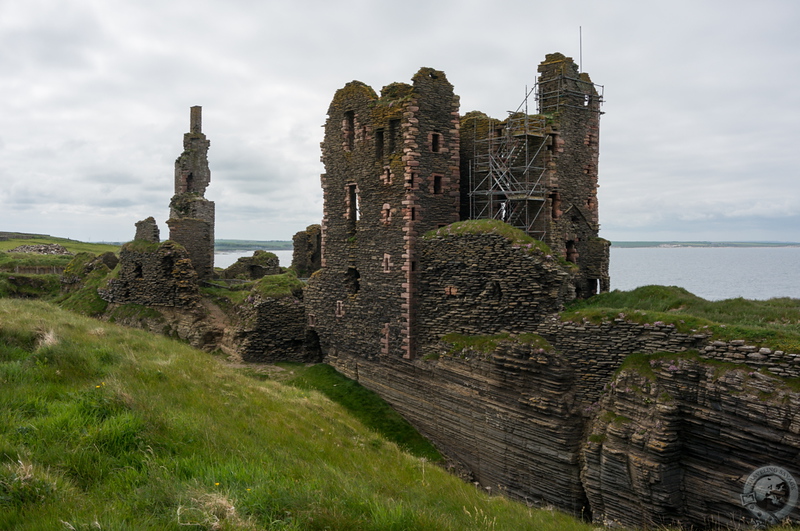
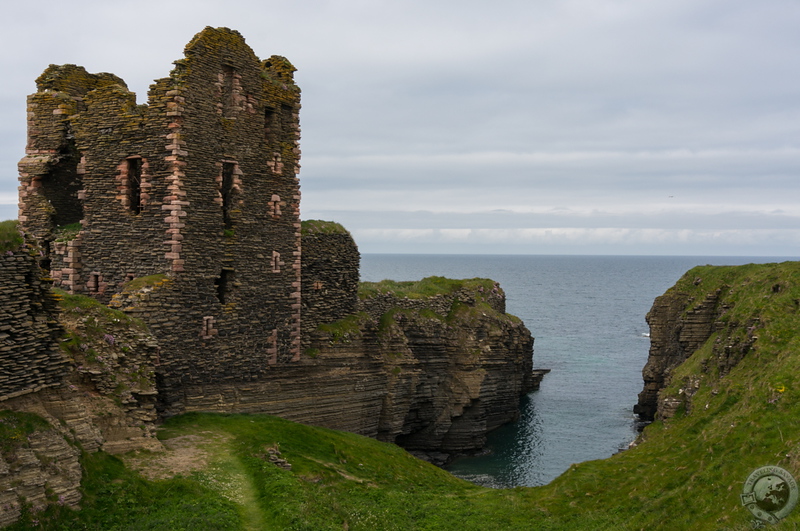
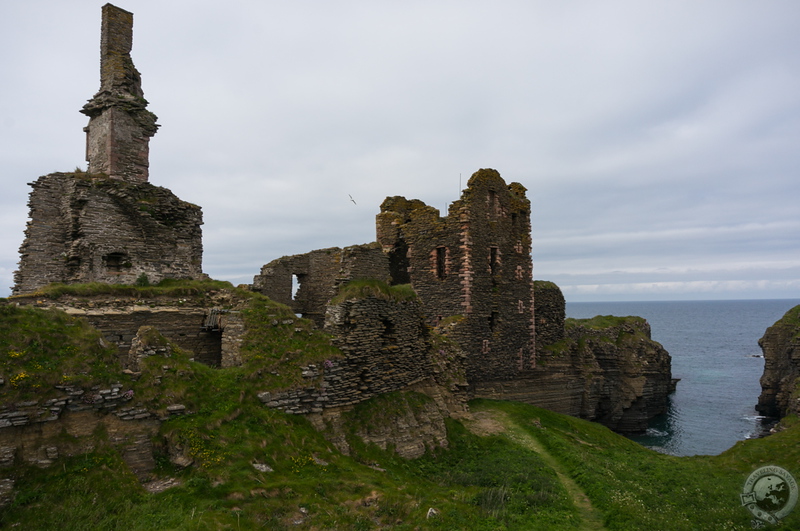
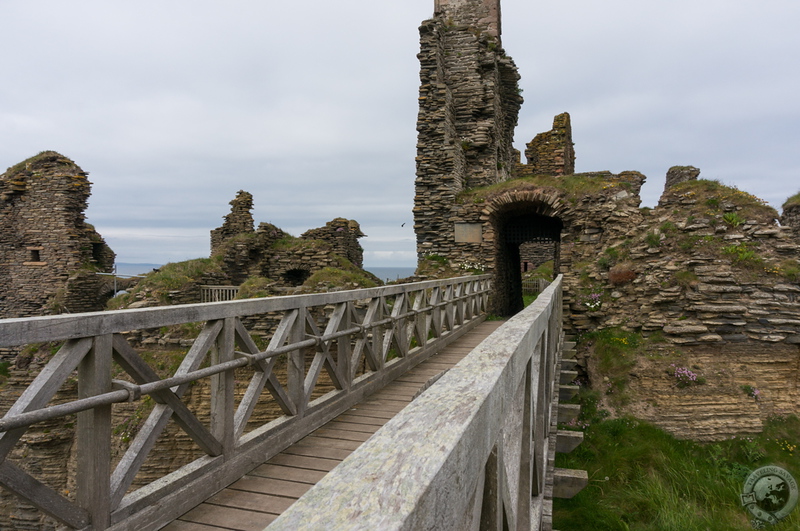
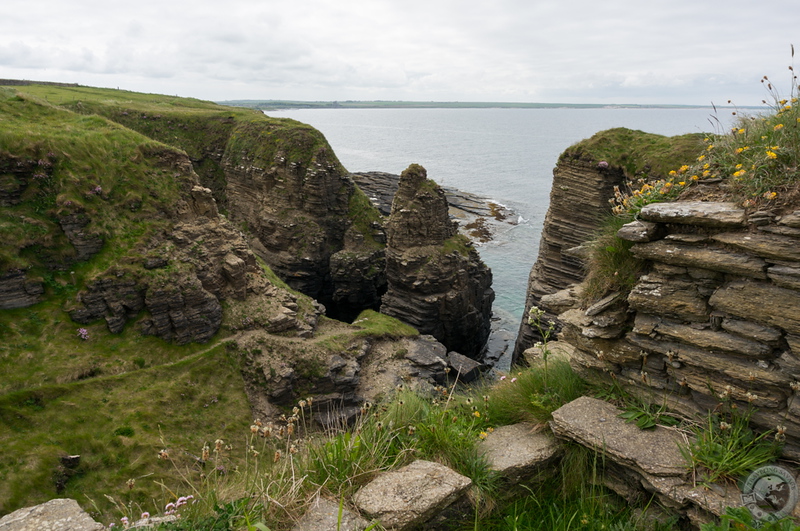
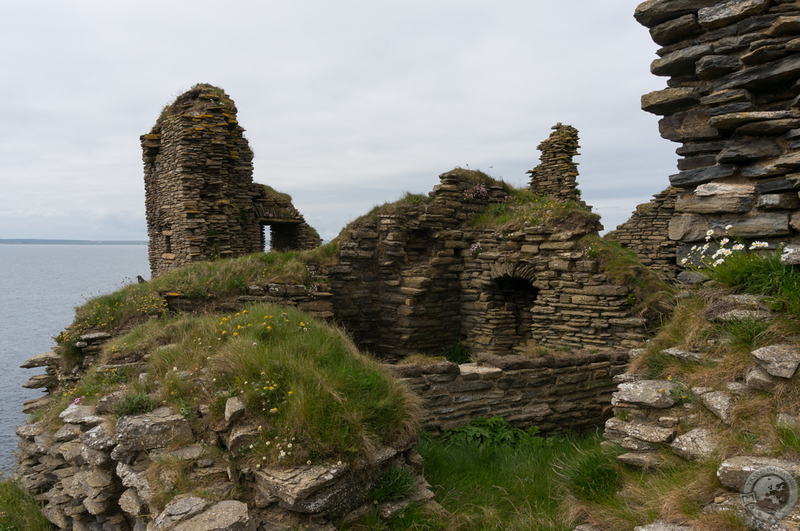
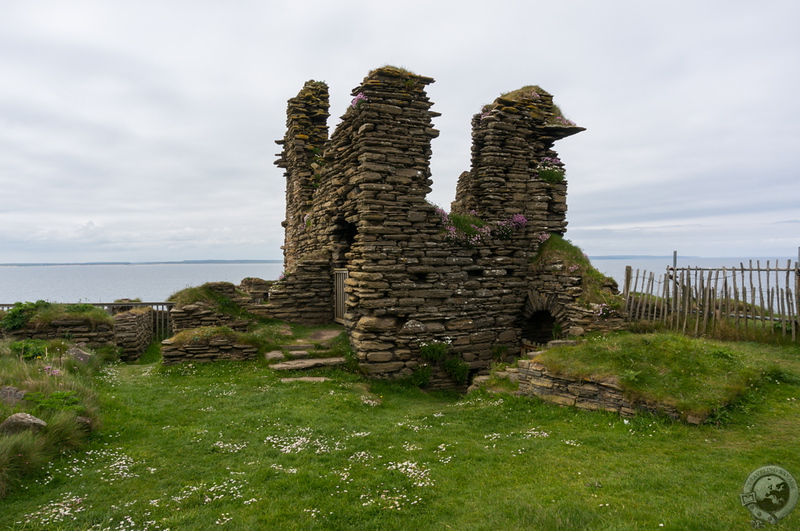
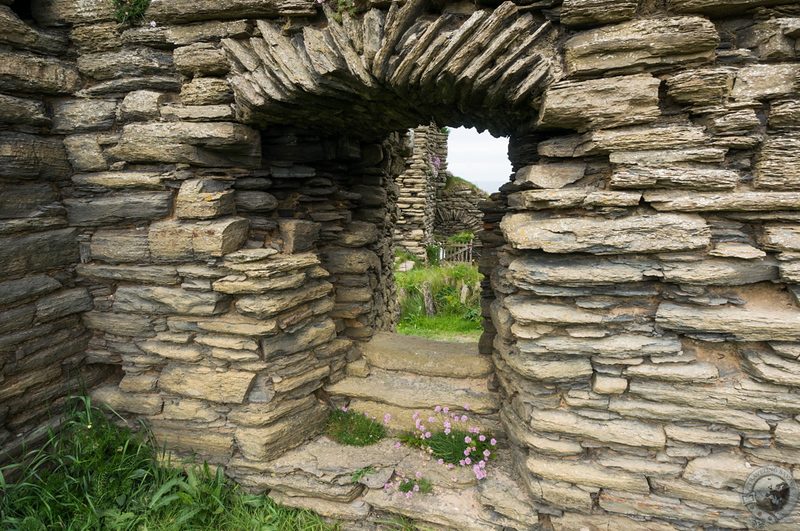
Absolutely LOVED our visit here. I thoroughly enjoy seeing many of the places we visited again through your eyes. From Smoo, Bone and Merlin’s Caves to several of the castle and priory ruins, you have brought me back there and I am homesick for a place I’ve never lived and only visited once, but love nonetheless. ?
Happy to share the experience with you, Kim.
Lovely piece on Castle Sinclair Girnigoe. Thank you! It was such a great visit while in Caithness. Great to see your take on it.
Cheers Len!
Interesting details on the geology and human history. People haven’t been there for that long, really.
Having your perspective flipped is one of the coolest things about traveling around Scotland.
Hello Keith, love the great photos of the old castle, so nice to see people interested in the family history.
It’s a gorgeous pile for sure!